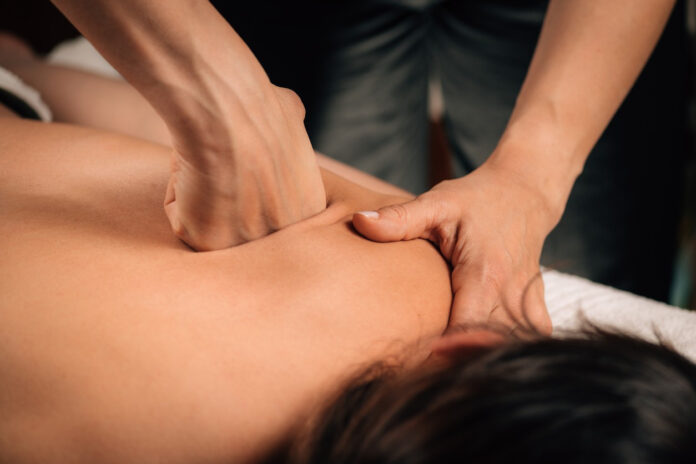Deep tissue massage is a type of massage therapy that focuses on realigning deeper layers of muscles and connective tissue. Here’s everything you need to know about it:
Definition:
Deep tissue massage involves the application of sustained pressure using slow, deep strokes to target the inner layers of your muscles and connective tissues. This helps to break up scar tissue that forms following an injury and reduces tension in muscle and tissue.
Benefits:
Reduces Muscle Tension: Deep tissue massage can help relax tense muscles, making it beneficial for those suffering from muscle tension or chronic pain.
Treats Chronic Back Pain: Studies have shown it can be more effective for chronic back pain than therapeutic massage.
Helps Lower High Blood Pressure: Regular deep tissue massages have been found to reduce blood pressure levels.
Breaks Up Scar Tissue: After an injury, scar tissue forms, which may limit movement and cause pain. Deep tissue massage helps break this up and increase range of motion.
Reduces Arthritis Symptoms: The pressure and movements can help reduce the pain and stiffness associated with arthritis.
Rehabilitates Injured Muscles: Used as part of a comprehensive treatment plan, it can aid in the rehabilitation of injured muscles.
Reduces Stress and Anxiety: Like other types of massage, deep tissue massage can produce a state of relaxation, reducing cortisol levels and increasing oxytocin.
Techniques:
Deep tissue massage typically combines slow strokes and deep pressure. The therapist will use their knuckles, elbows, or other tools to apply pressure. They might employ techniques like:
Stripping: Deep, gliding pressure along the length of the muscle fibers using the elbow, forearm, knuckles, and thumbs.
Friction: Pressure applied across the grain of a muscle to release adhesions and realign tissue fibers.
Considerations:
Pain: It can be more intense than other forms of massage, but it shouldn’t be unbearable. Always communicate with your therapist about your comfort level.
Soreness: After the session, you might feel some soreness for a day or two. This is normal.
Contraindications: People with certain conditions like bleeding disorders, taking blood-thinning medications, or with fragile bones should avoid deep tissue massage.
Choosing a Therap
Credentials: Ensure the therapist is licensed and trained in deep tissue techniques.
Communication: A good therapist will discuss your needs and concerns before the session and ensure you’re comfortable during the massage.
Aftercare:
Drink Water: Helps flush out toxins that are released from muscles.
Apply Ice: If you’re feeling sore, applying ice to the affected areas can help.
Stretching: Gentle stretching can help keep muscles flexible.
Comparison with Swedish Massage:
While deep tissue massage focuses on deeper layers of muscles and is therapeutic in nature, Swedish massage is more gentle and is typically used for relaxation.
In summary, deep tissue massage is a therapeutic technique designed to address deep-seated issues in the musculature and connective tissue. It can be a beneficial addition to a comprehensive treatment plan for many conditions but should be approached with an understanding of its intensity and potential post-massage soreness.







